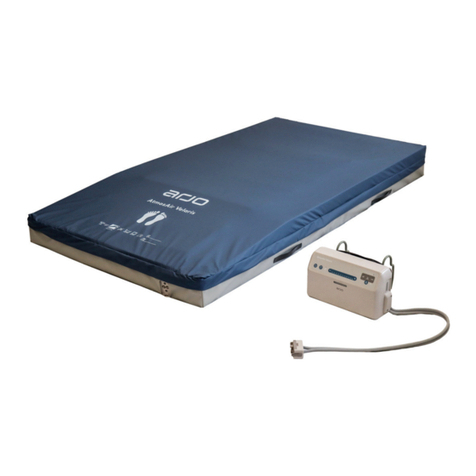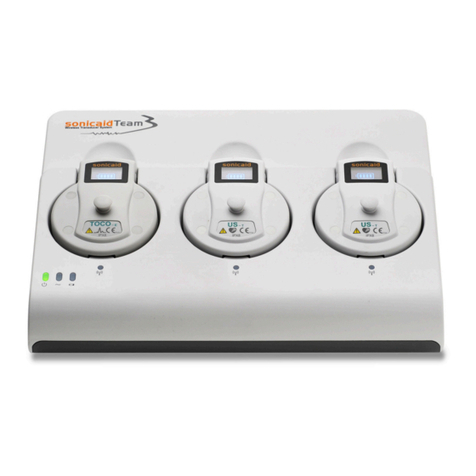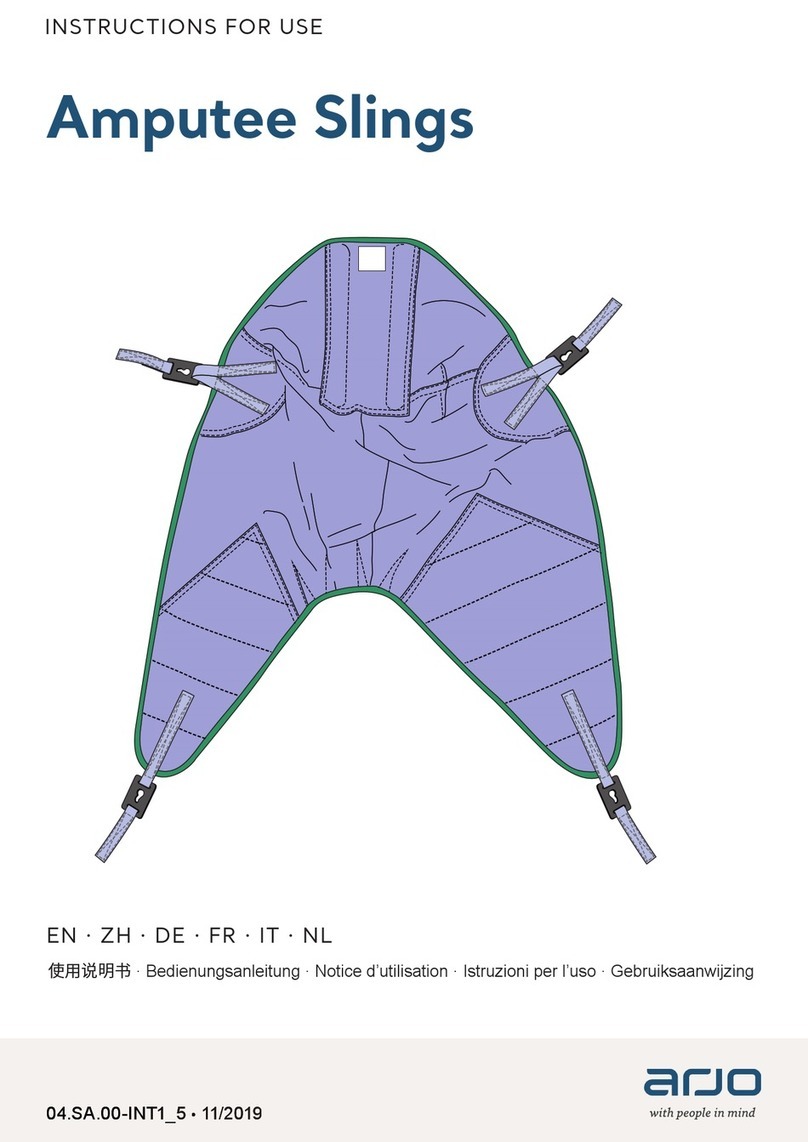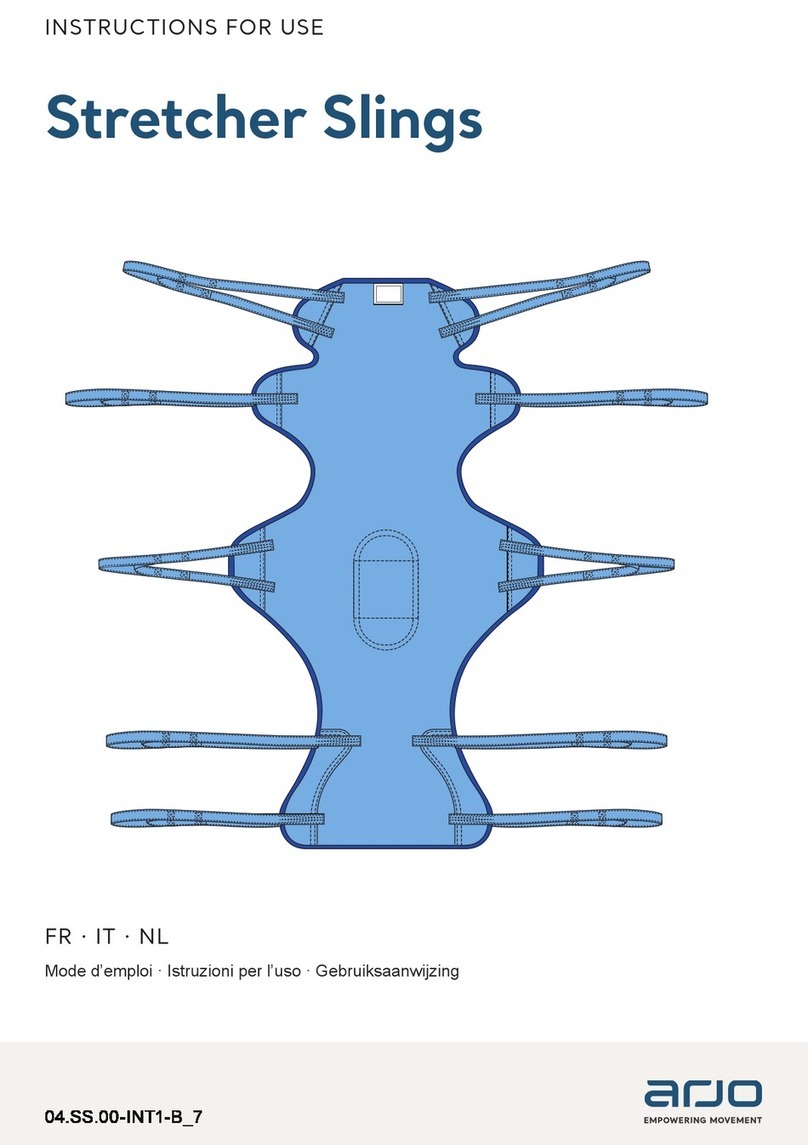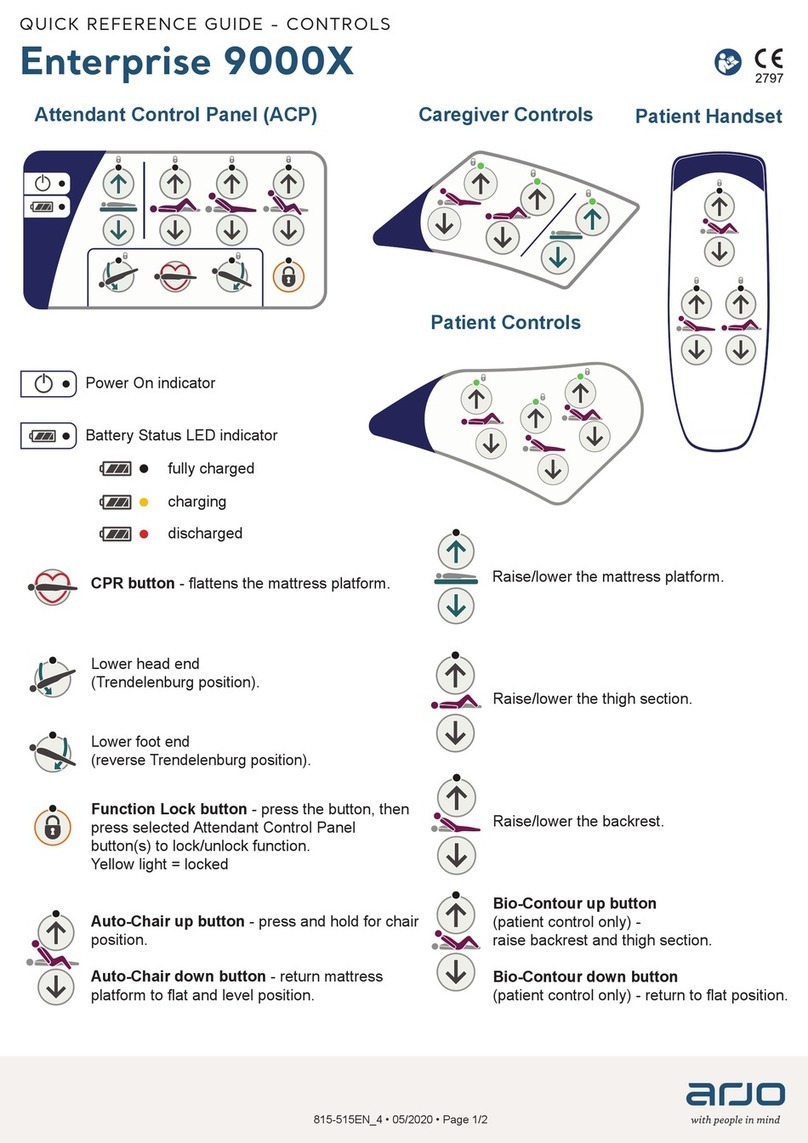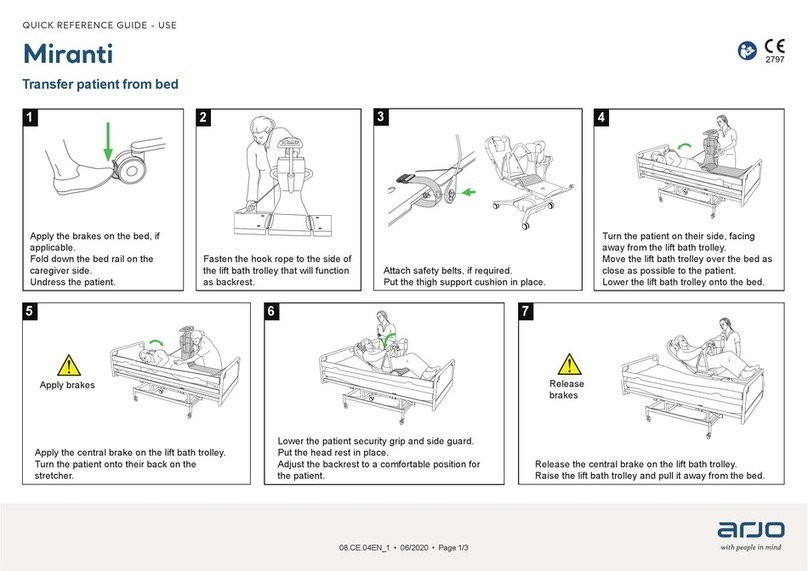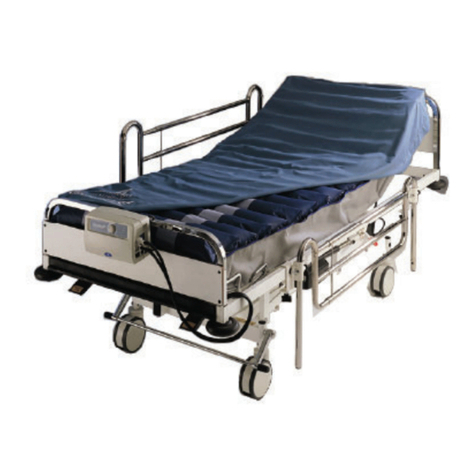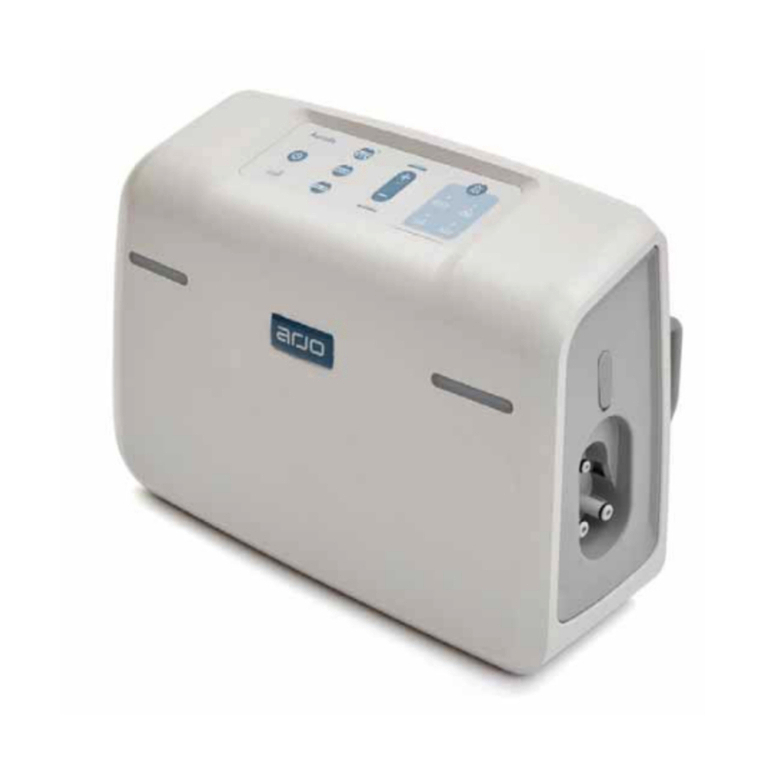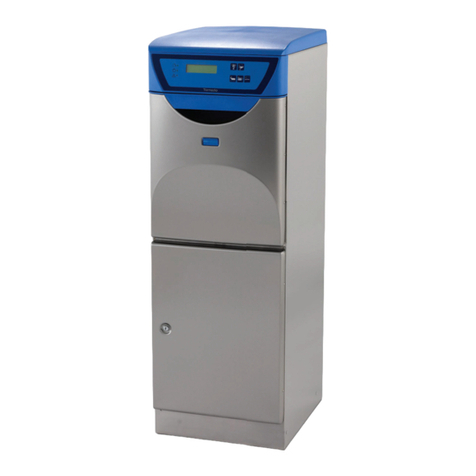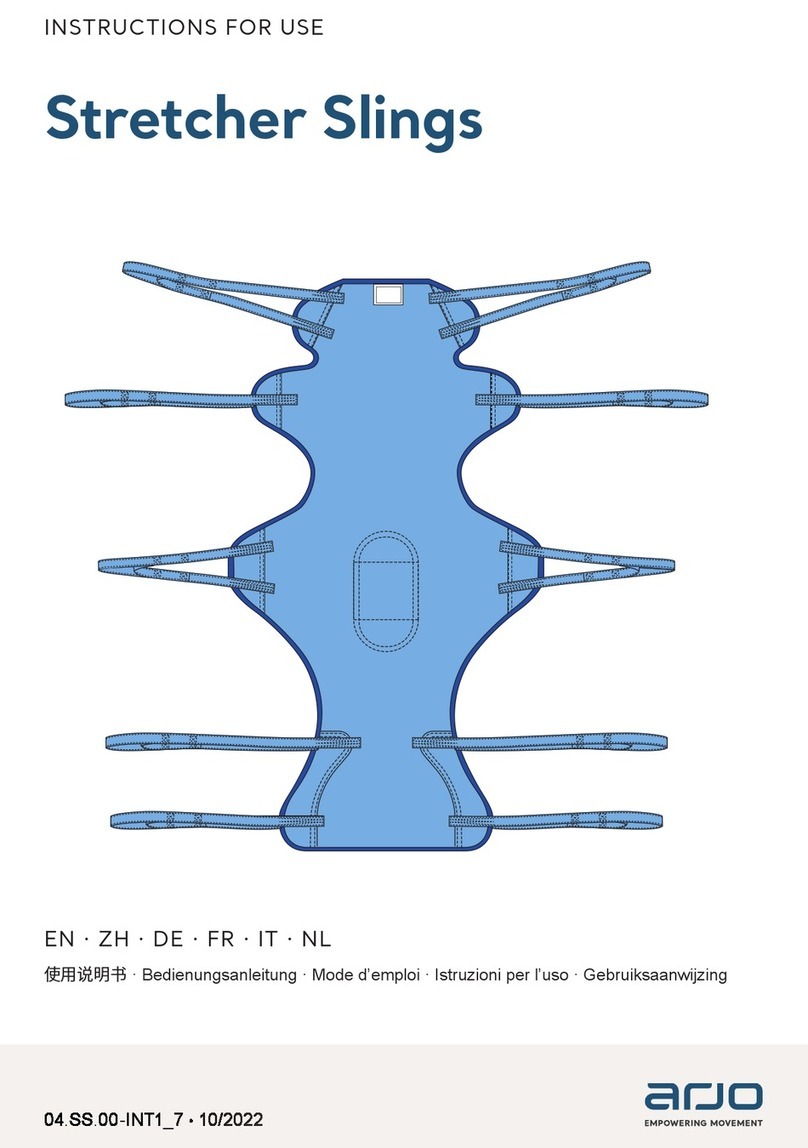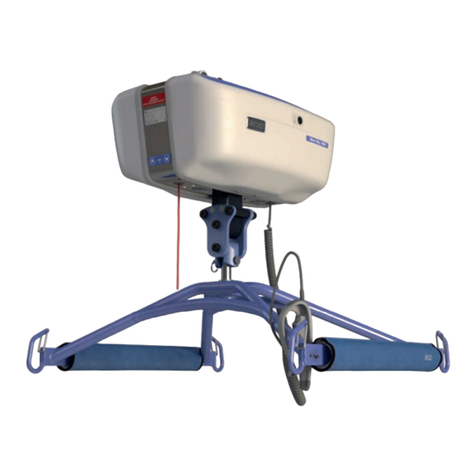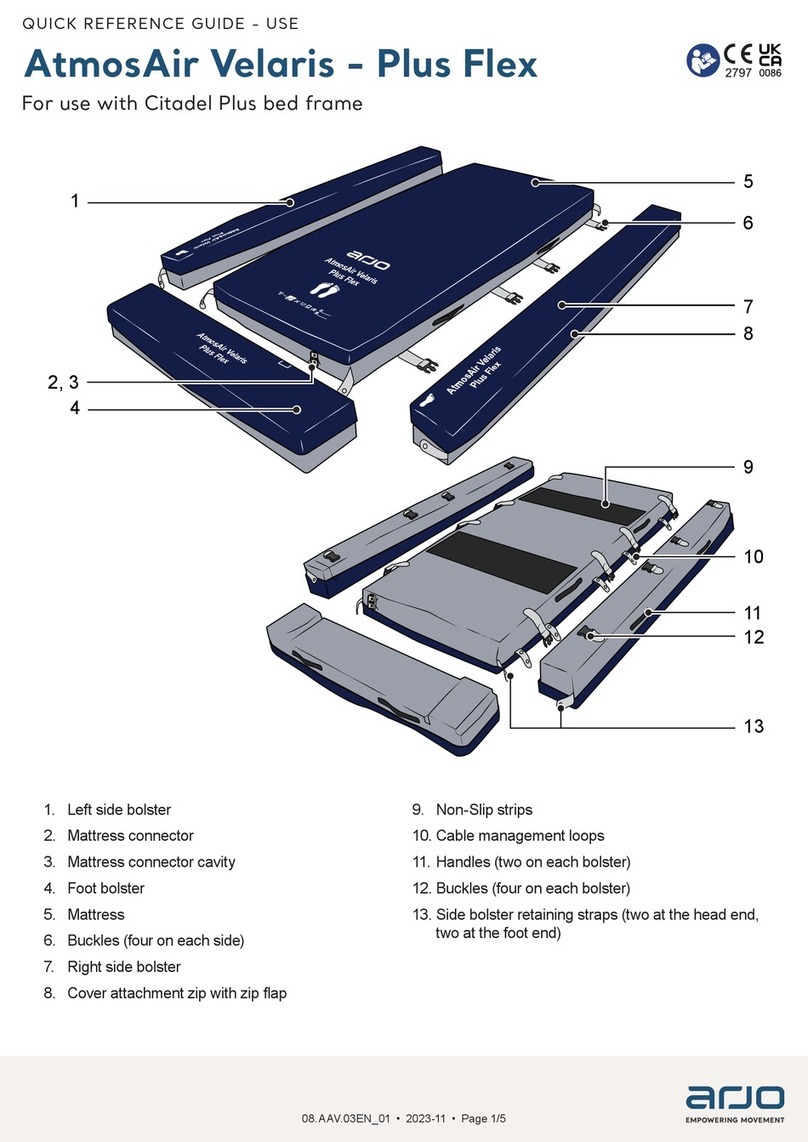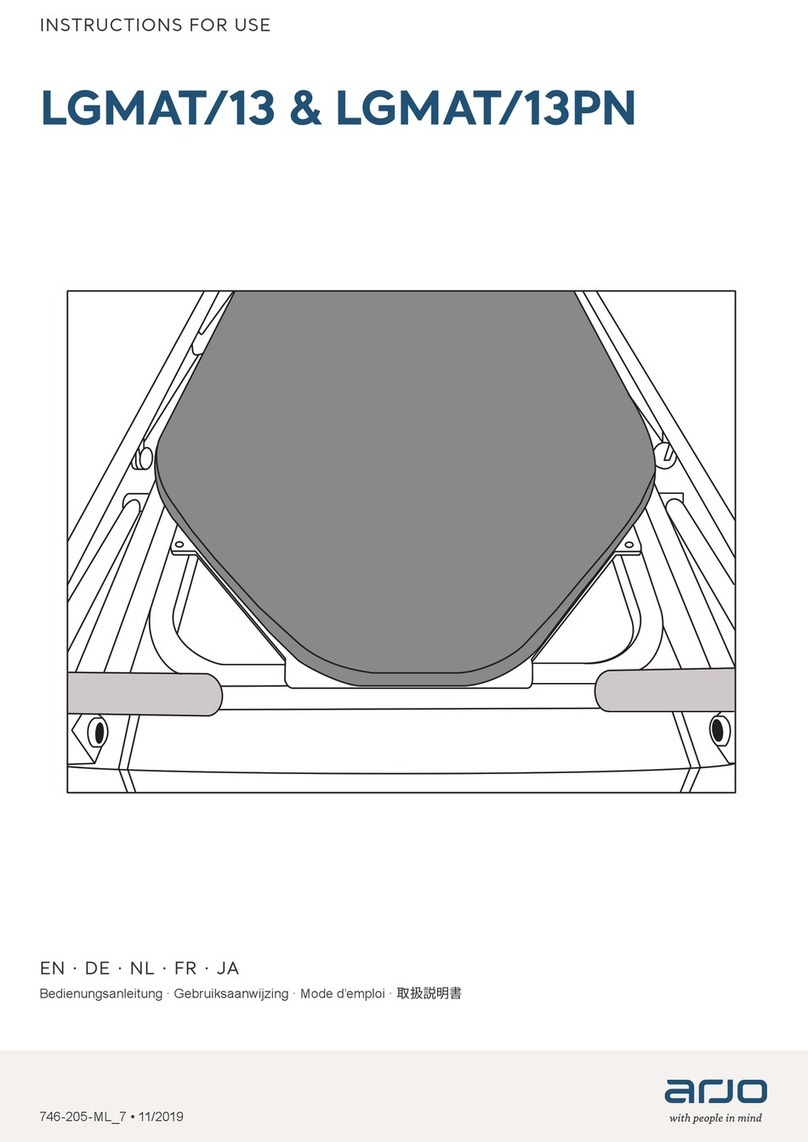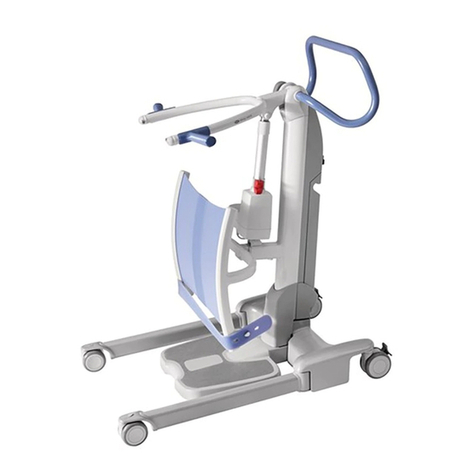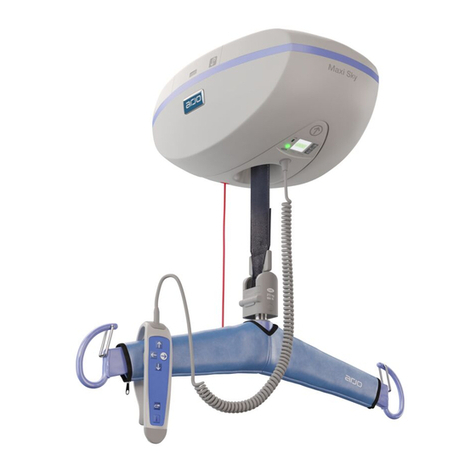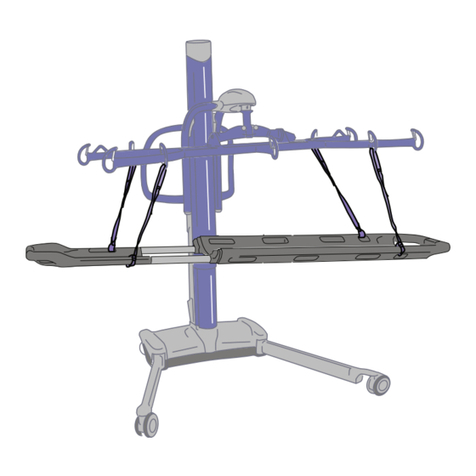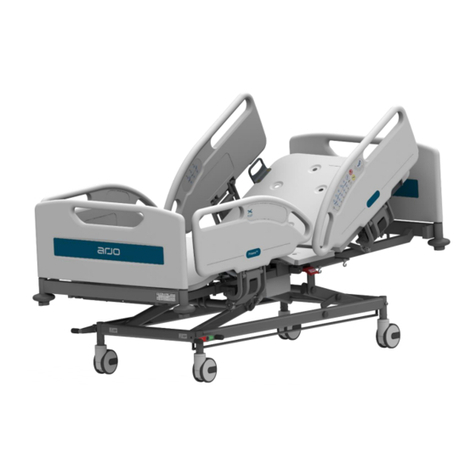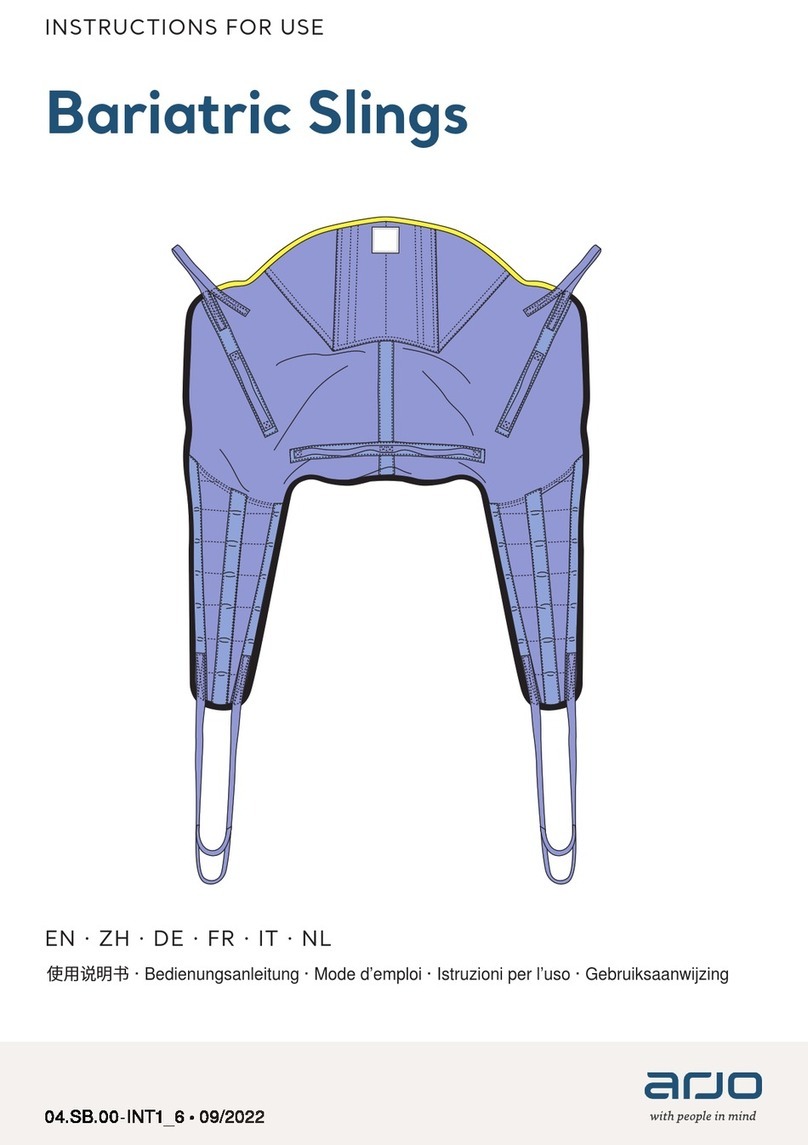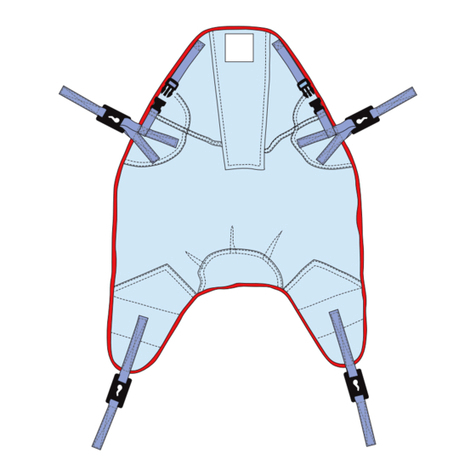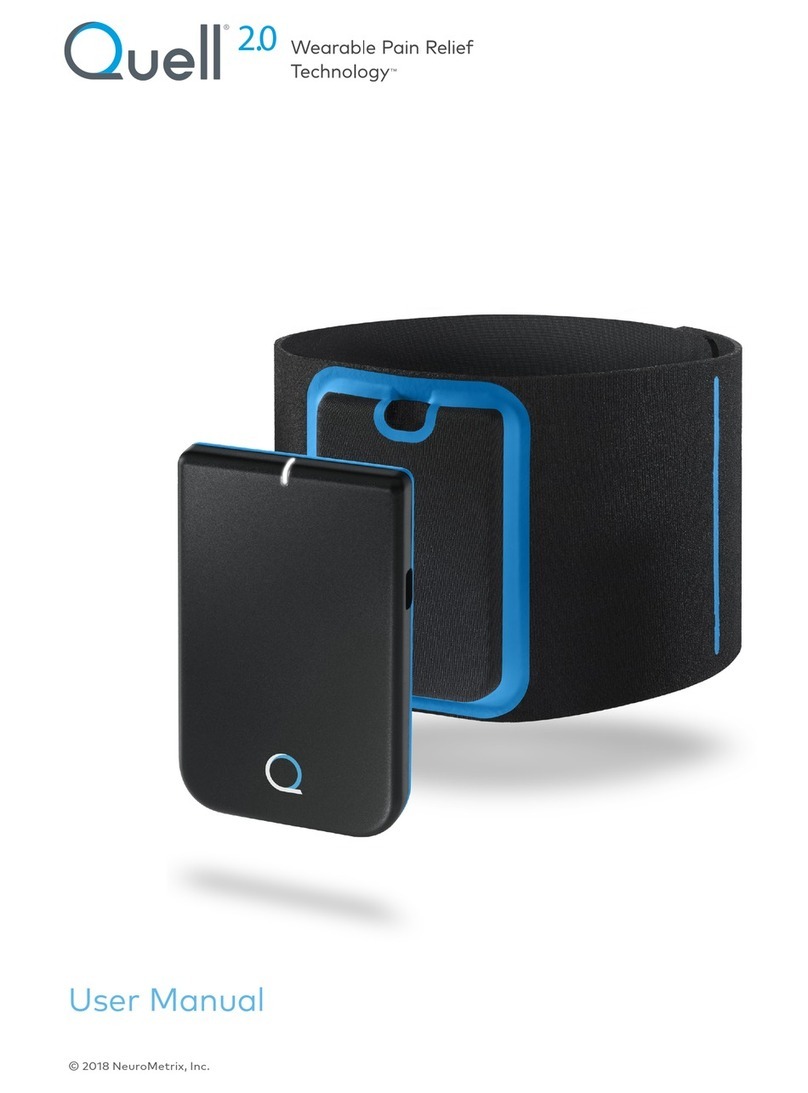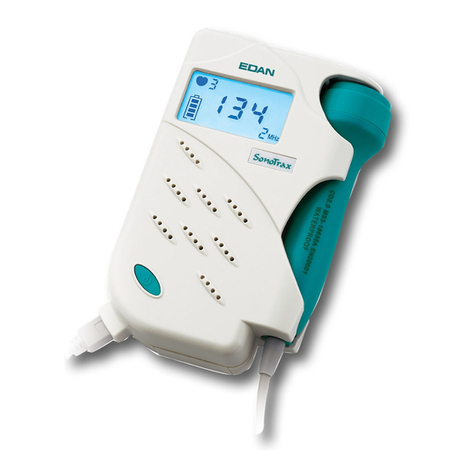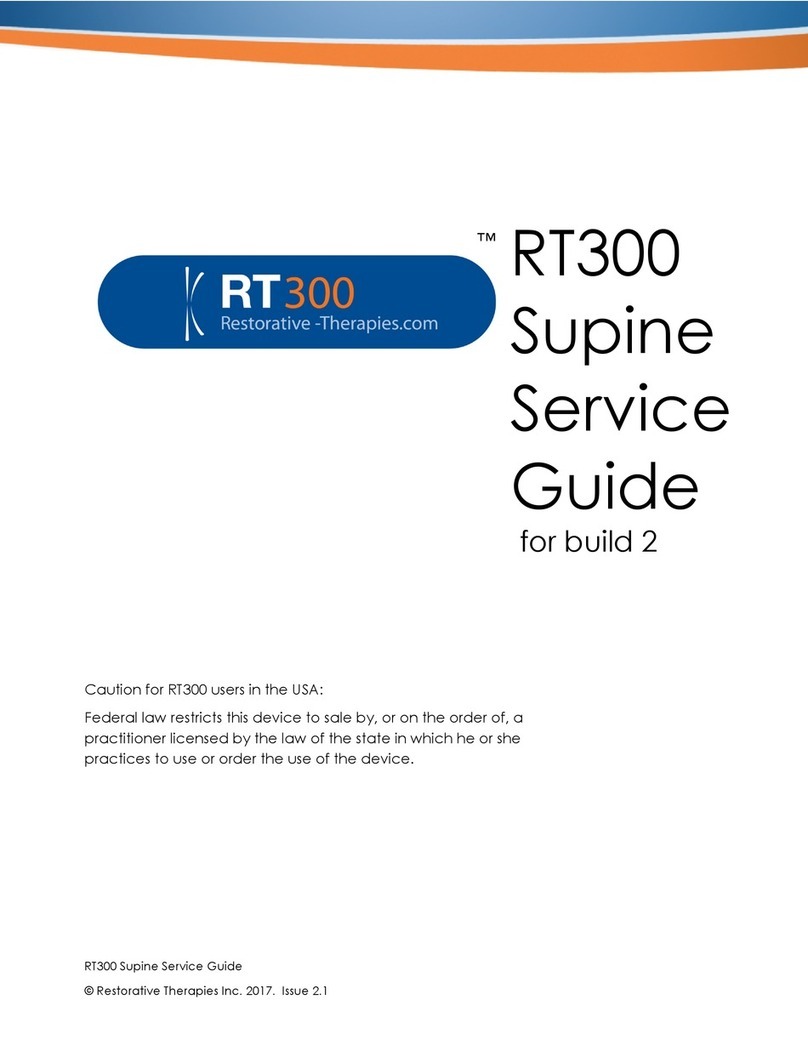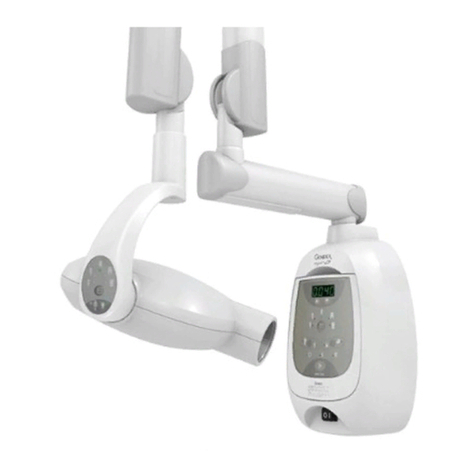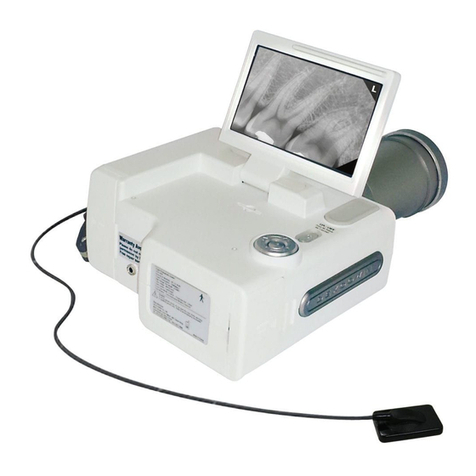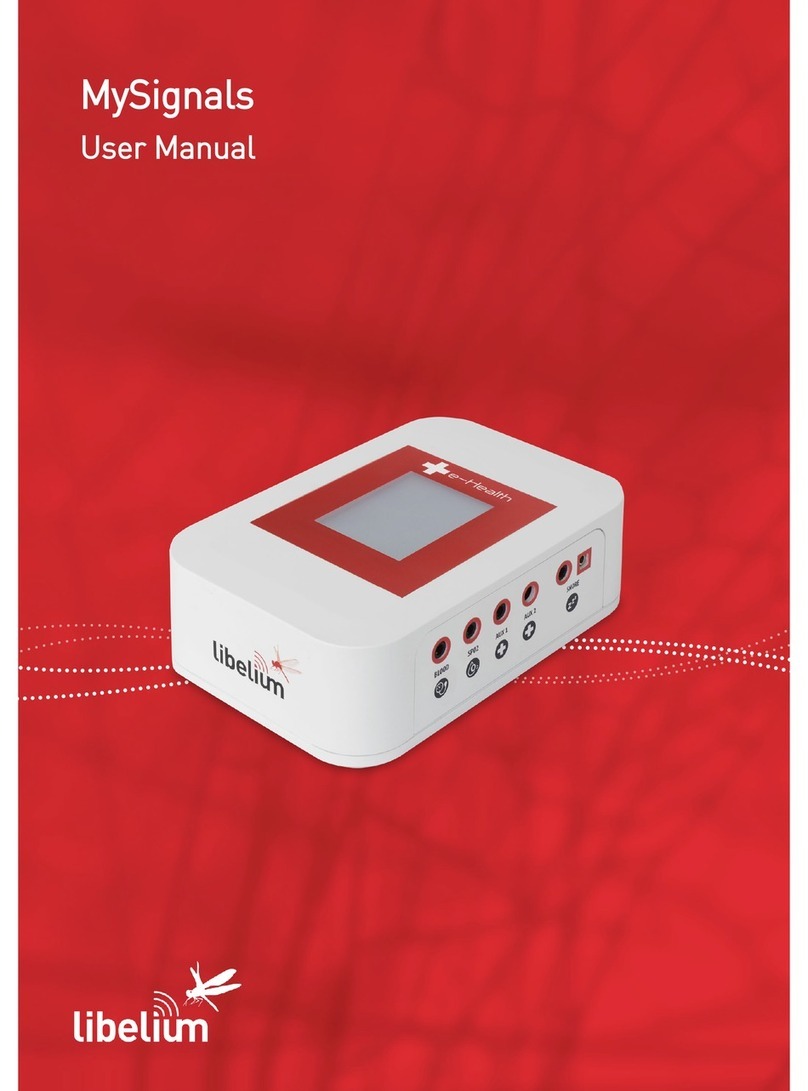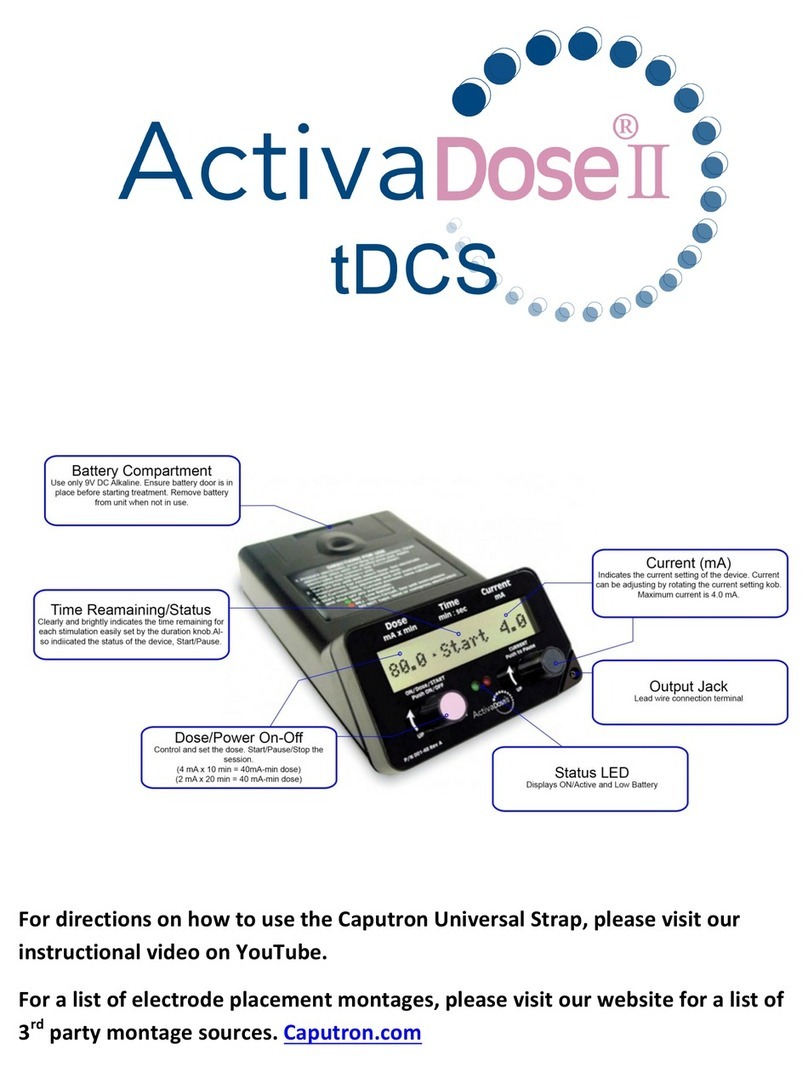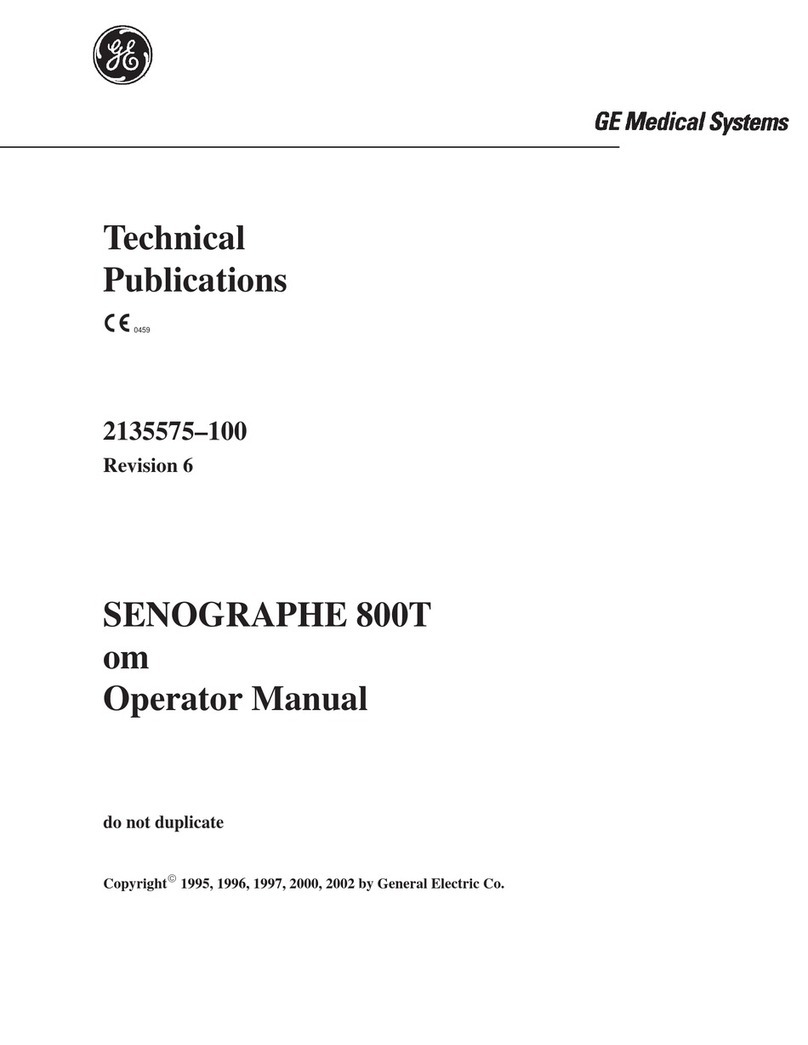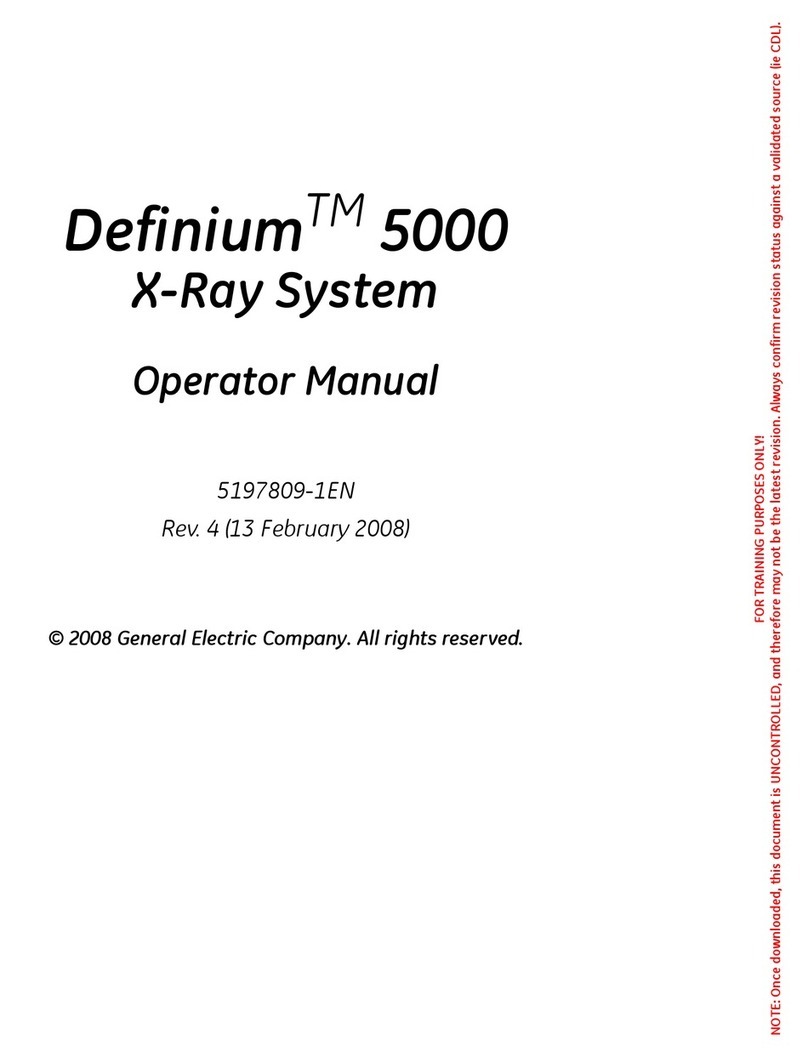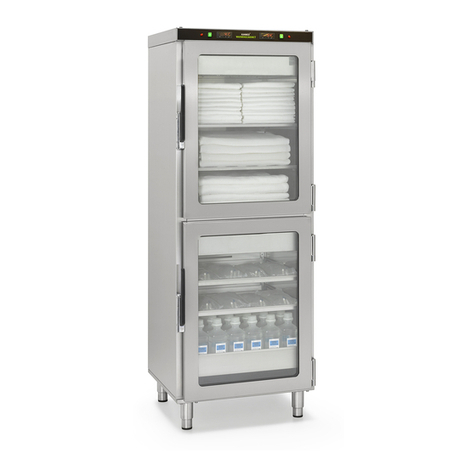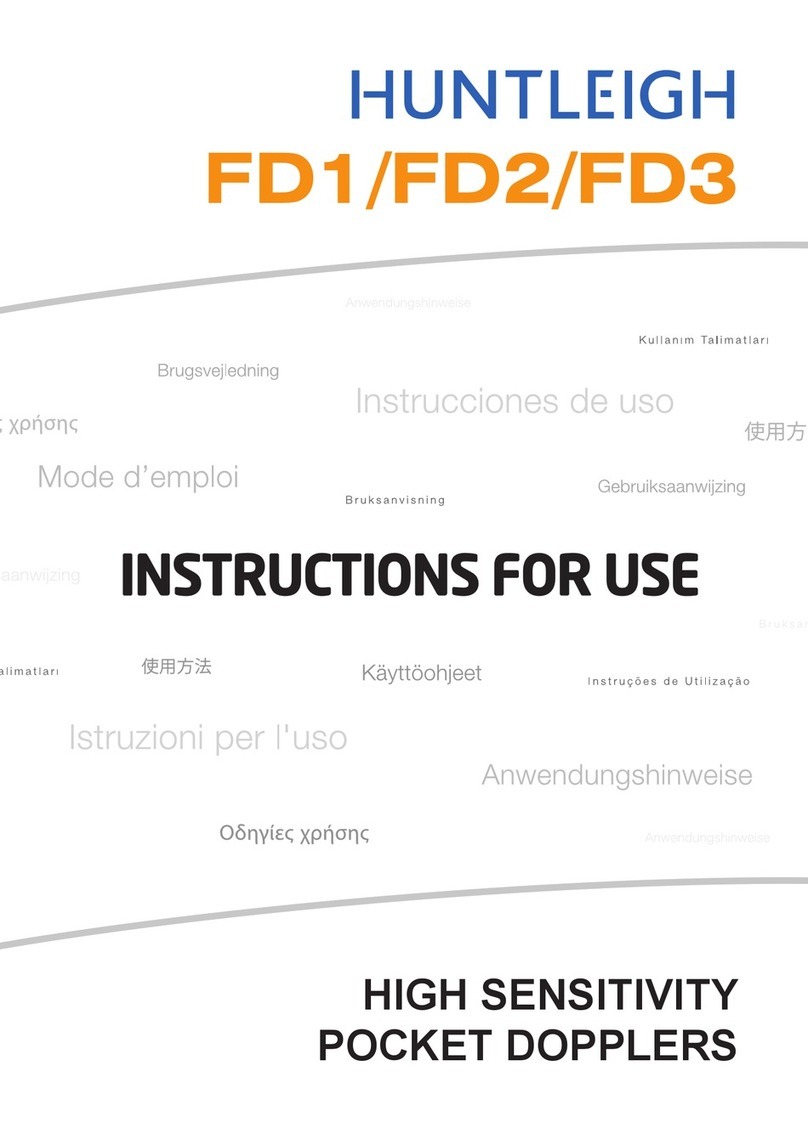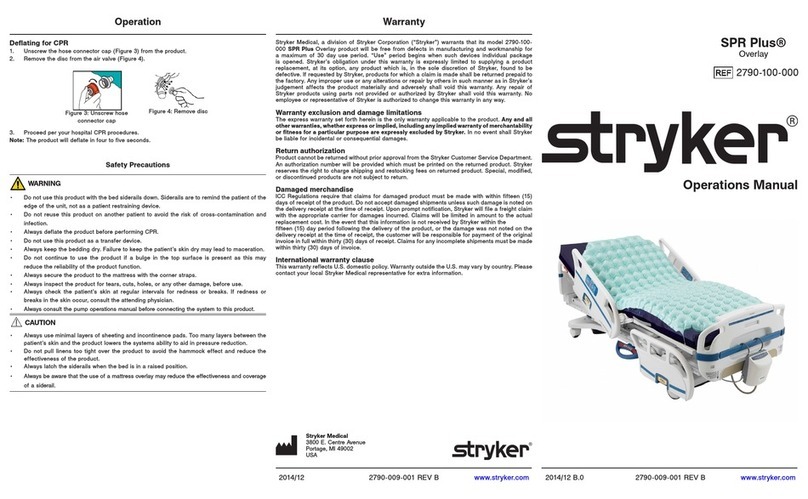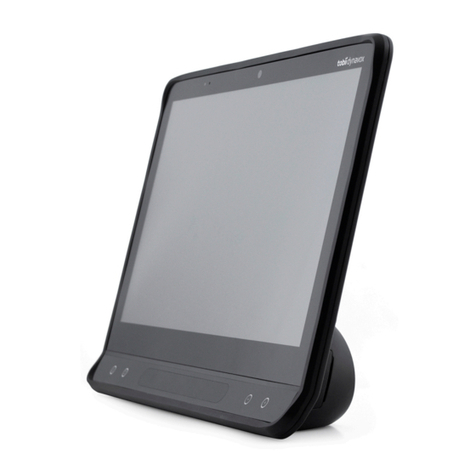
5
FOREWORD
Thank you for purchasing Arjo equipment.
Please contact us if you have any questions
about the operation or maintenance of your
Arjo equipment.
Please read and fully understand these
Instructions for Use (IFU) before using
your IndiGo™ Intuitive Drive Assist .
Information in this IFU is necessary to perform
the proper operation and maintenance of the
equipment. It will help to protect your product and
make sure that the equipment performs to your
satisfaction. The information in this IFU is important
for your safety and must be read and understood
to help prevent possible injury. Unauthorized
modi¿cations on any
Arjo equipment can affect safety.
Arjo will not be held responsible for any accidents,
incidents or lack of performance that occur as a
result of any unauthorized modi¿cation
to its products.
Assembly, extensions, re-adjustments,
modi¿cations, technical maintenance or repairs
must be performed by quali¿ed personnel
authorized by Arjo. Contact Arjo for information
regarding maintenance and repair.
Refer to the IFU of the bed to which IndiGo is ¿tted
for intended use and complete system information.
IndiGo is available on the following bed frame
systems:
ವ Citadel™ Bed Frame System
ವ Enterprise® 5000X Acute Care Hospital Bed
ವ Enterprise® 8000X Acute Care Hospital Bed
ವ Enterprise® 9000X Acute Care Hospital Bed
Support
Routine maintenance must be performed on your
IndiGo to maintain safety and reliability of the
equipment. See Care and Preventive Maintenance
section, page 13.
If you require further information, please contact
Arjo for comprehensive support and maintenance to
maximize the long-term safety, reliability and value
of the product.
Contact your local Arjo representative
for spare parts. The telephone numbers appear
in the back of this IFU.
Software updates are planned and will occur
throughout life of product.
Denitions in this IFU
Warning - safety warning. Failure
to understand and obey this warning
may result in injury to you or
to others.
Caution - failure to follow these
instructions may cause damage to all
or parts of the system or equipment.
Note - This is important information
for the correct use of this system
or equipment.
SAFETY INSTRUCTIONS
To minimize the risk of serious injury,
carefully read and follow all safety
information and operating instructions
before operating IndiGo. Ensure all
physician orders and facility protocols
are followed.
To avoid injury, activate the brake
on the bed and call maintenance
if unanticipated motion occurs.
Floor lifts and other care equipment
that normally go under the bed must
be handled with caution in order
to not interfere with IndiGo.
Do not place any items on the IndiGo
cover during transport or storage.
Do not use on slopes greater than 6°.
Do not use IndiGo to load a bed into
van or truck.
Low bed height will be reduced by
approximately 17mm when using
taller load cell screw covers.
When operating IndiGo, maintain
contact with bed at all times.

